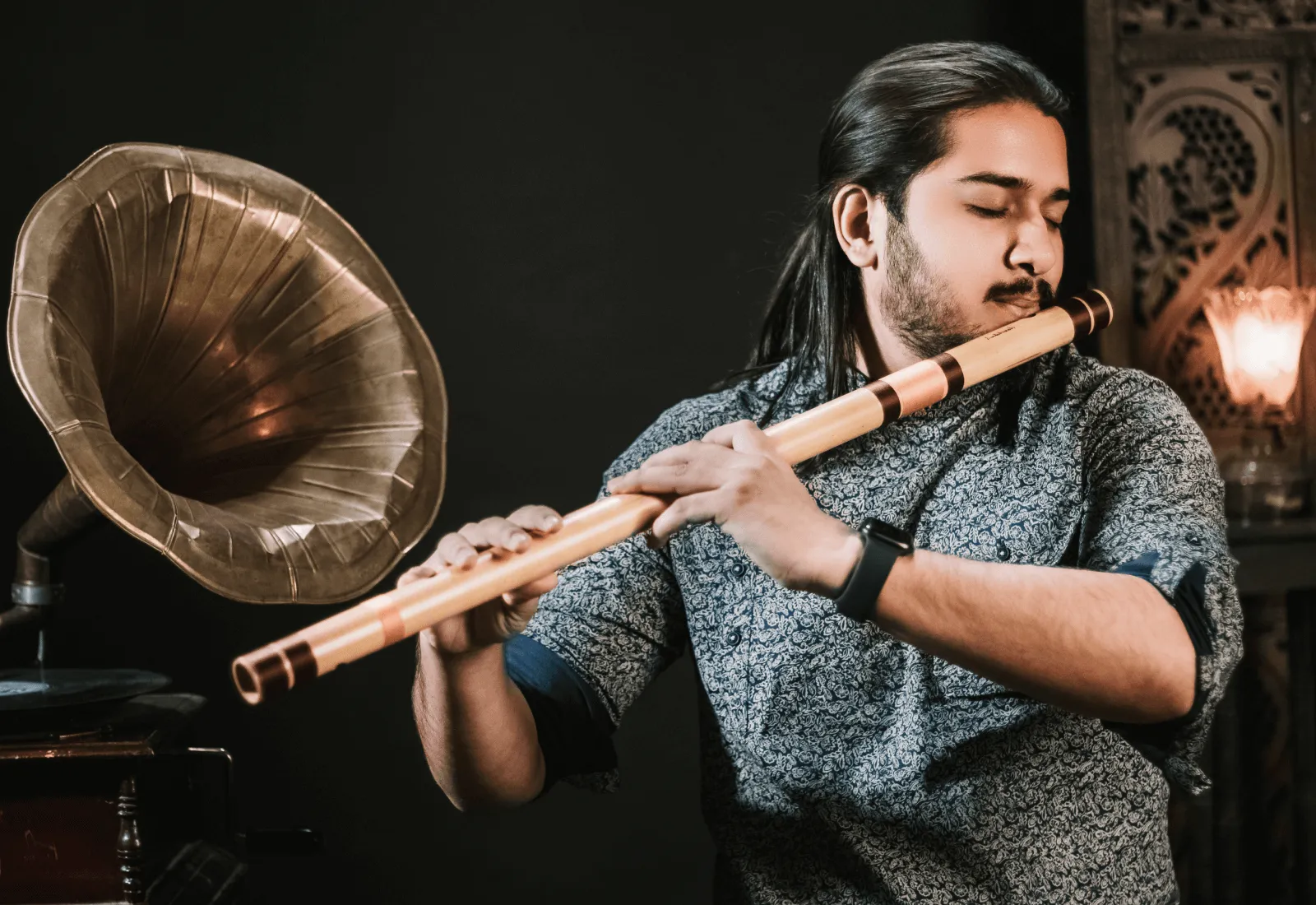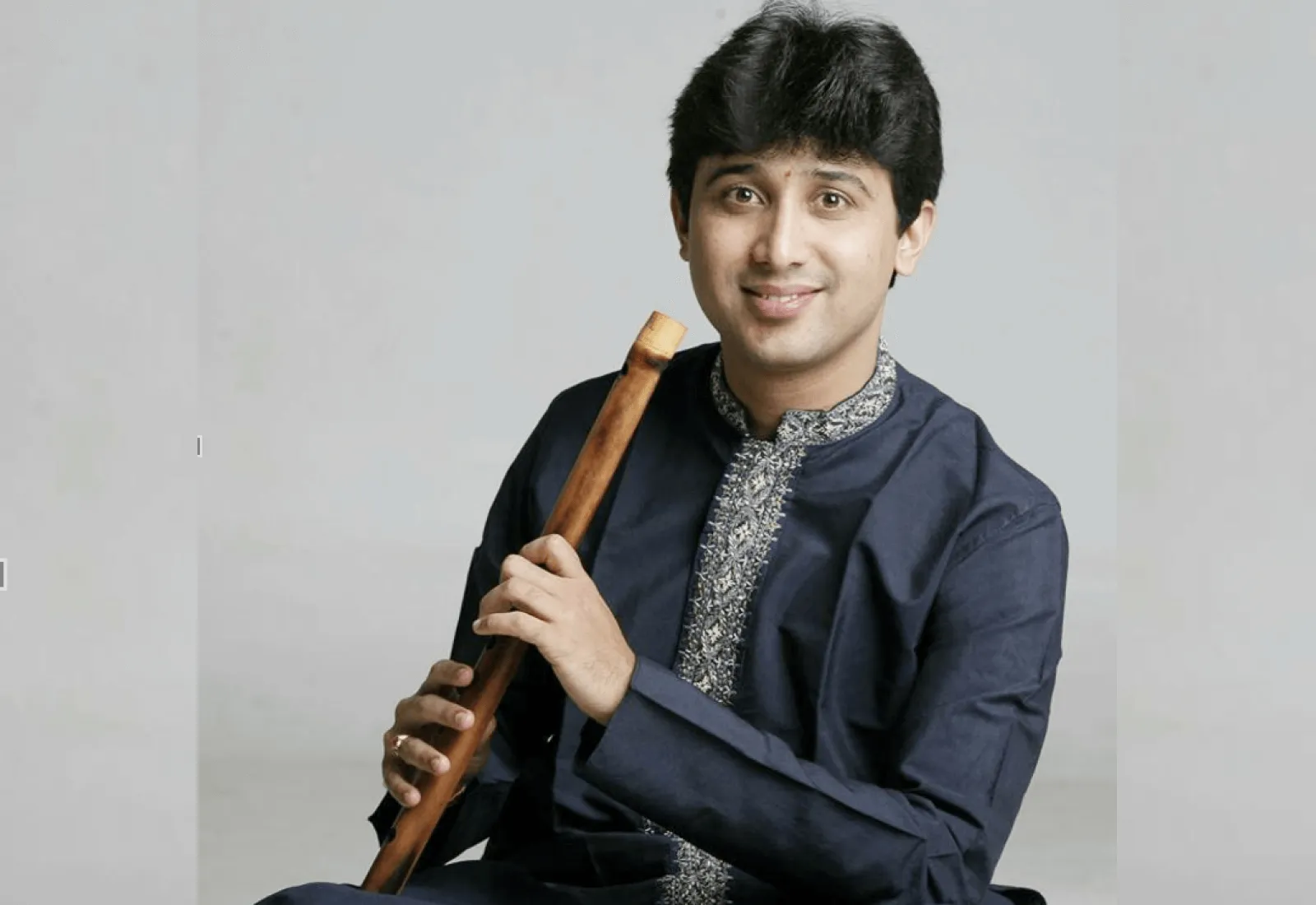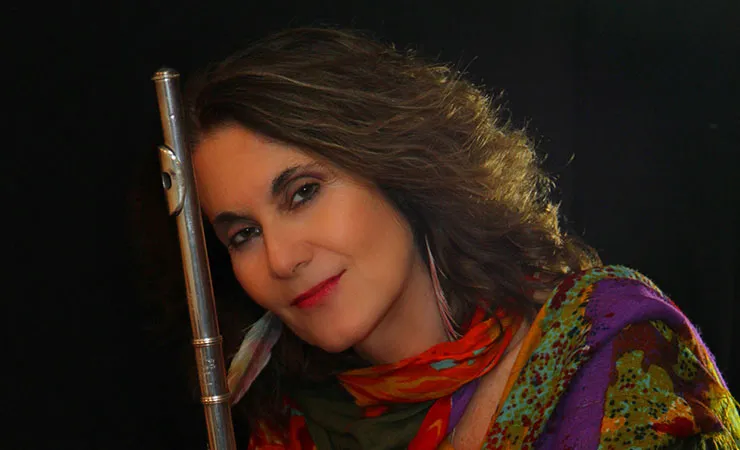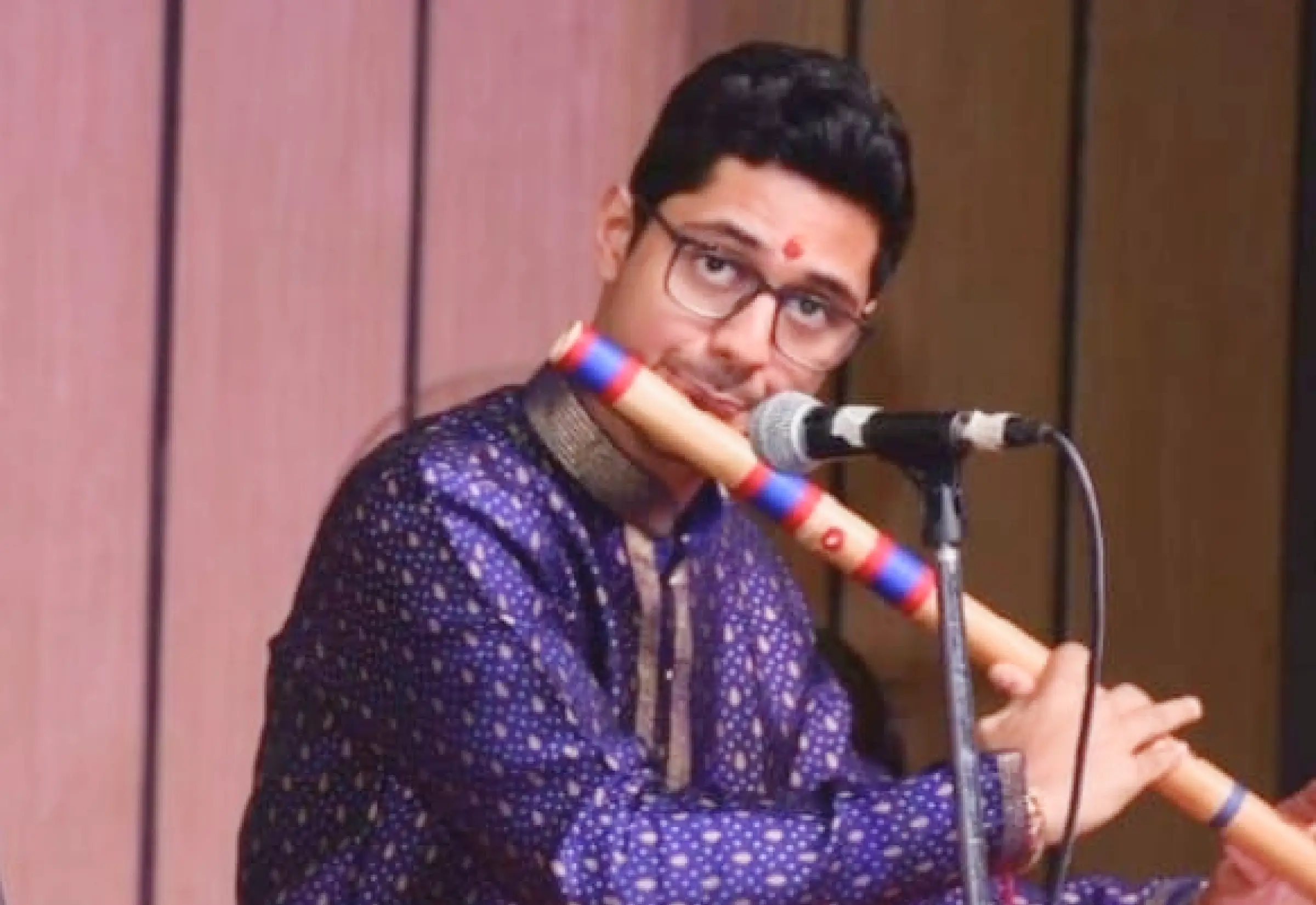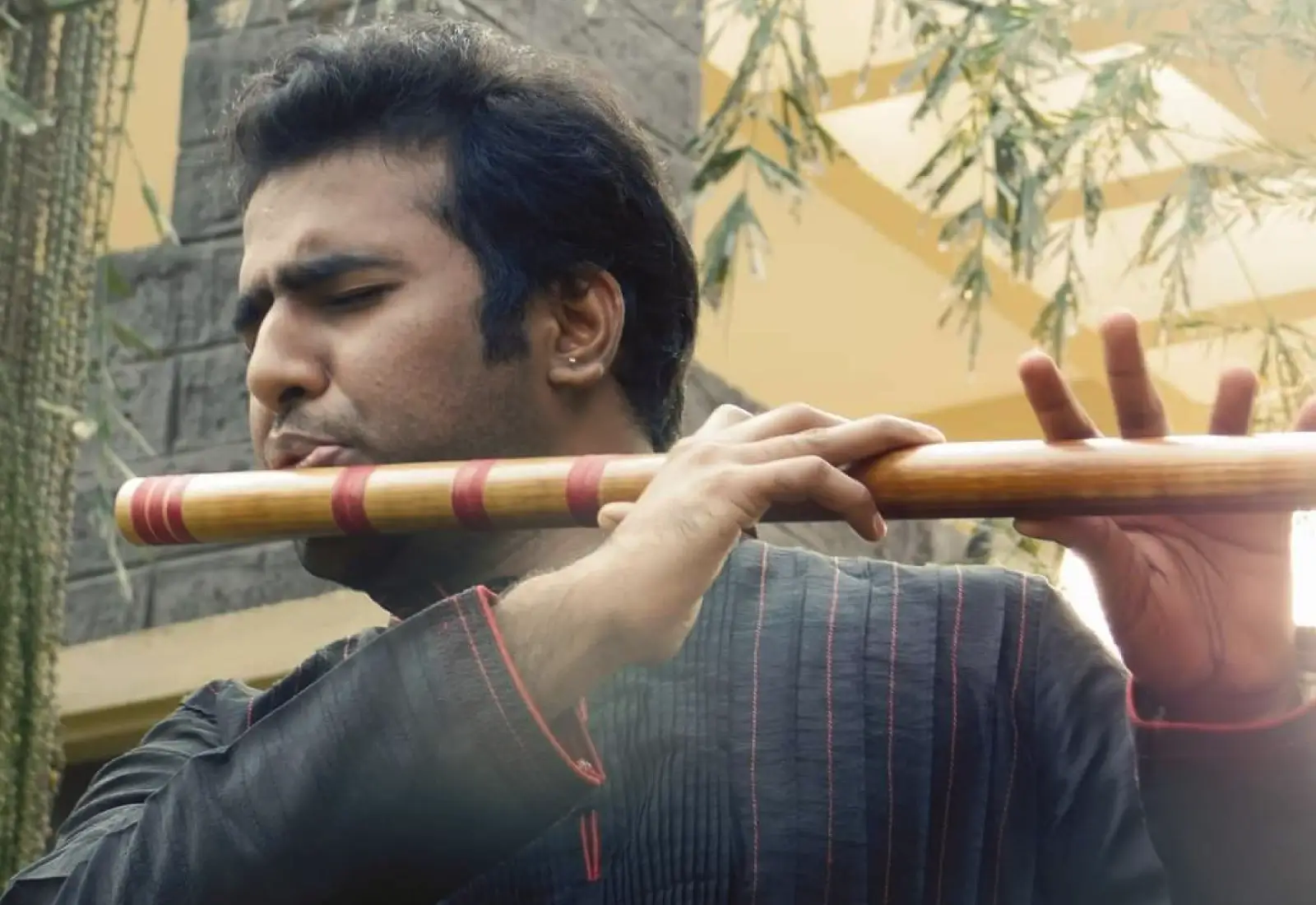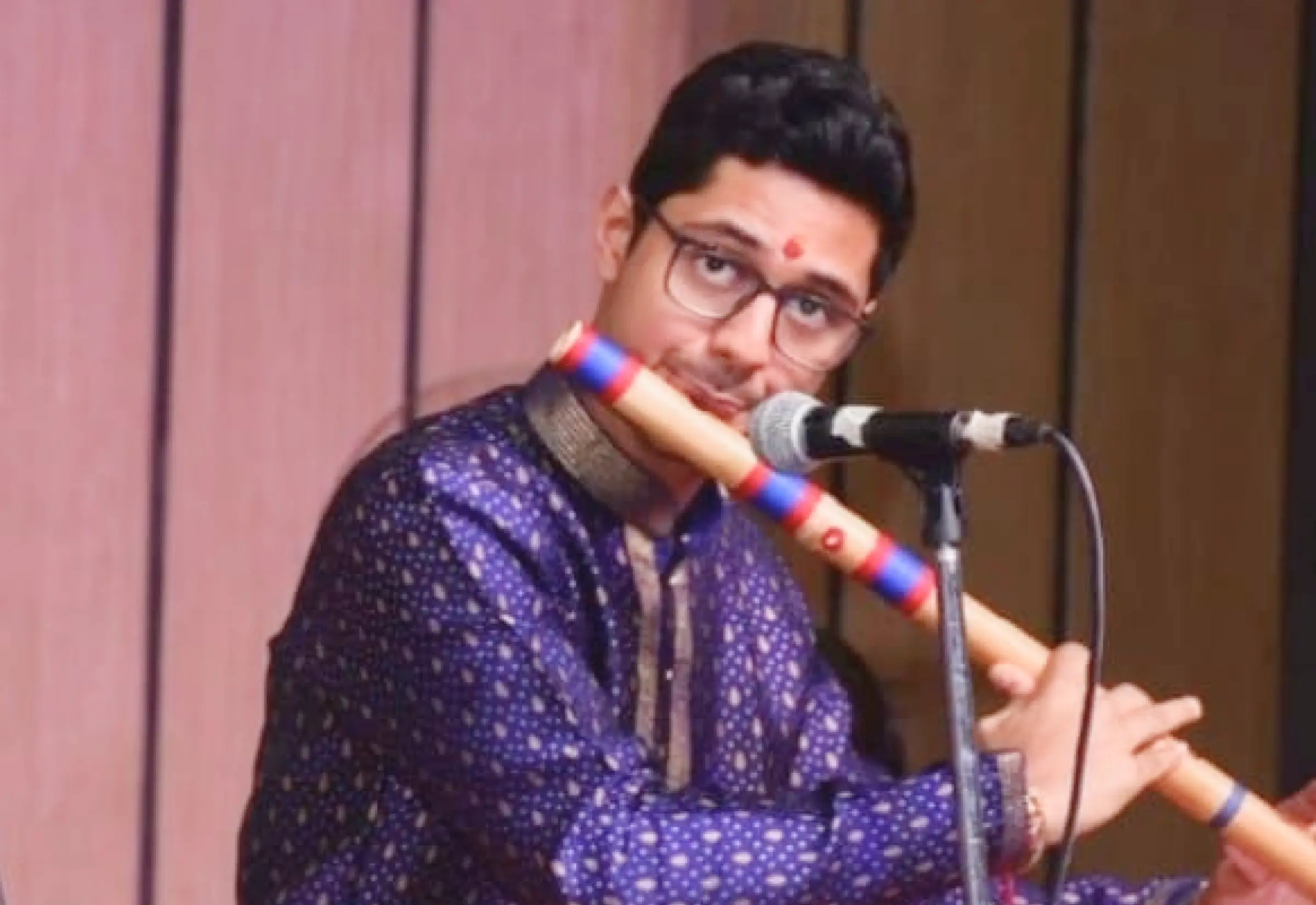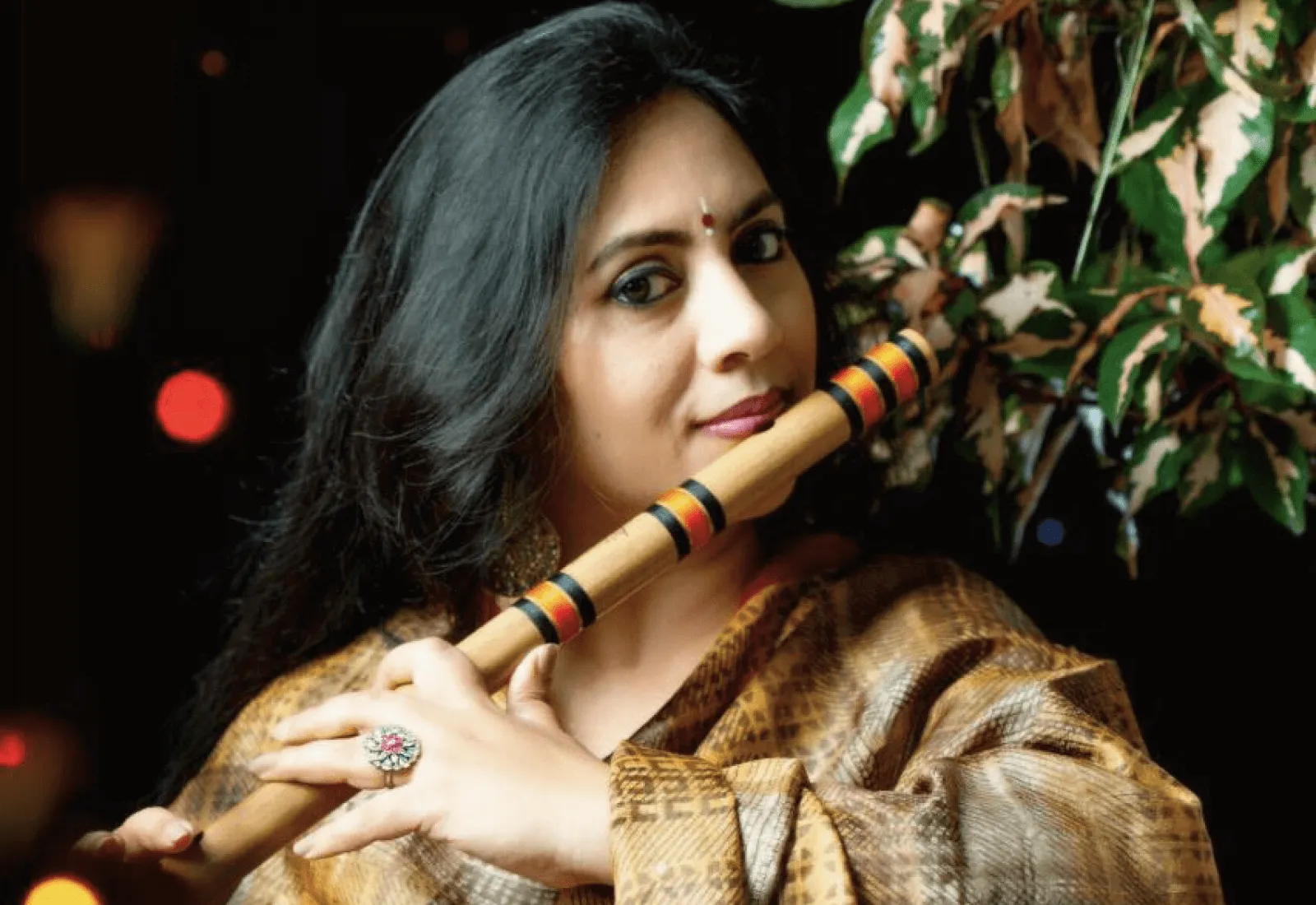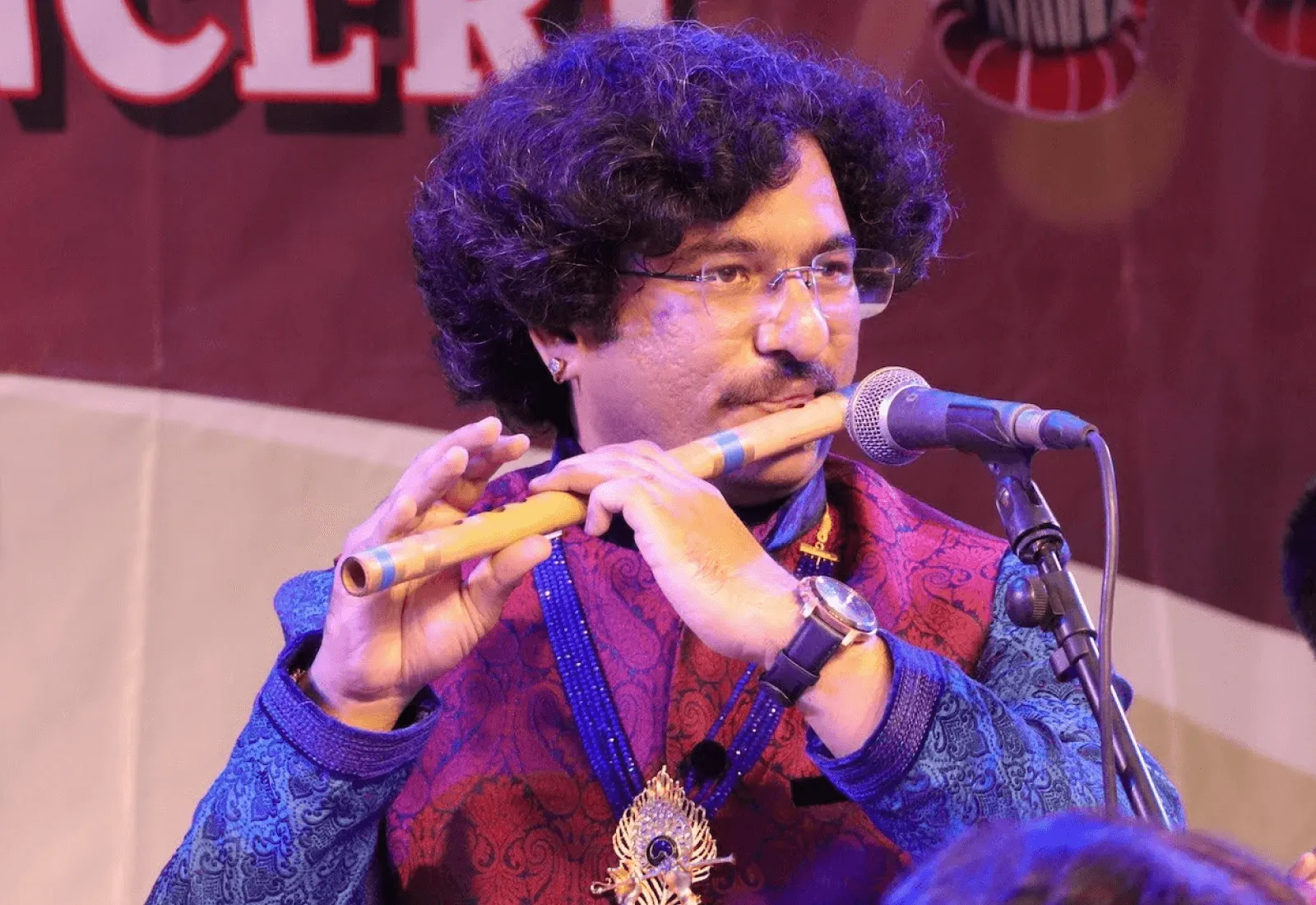Featured
Bamboo Flute: An Oldest Musical Instrument
The flute is perhaps one of the oldest musical instruments with a global presence. It connects with divinity as it does with animals. In Indian mythology we find Lord Krishna playing the flute. And how he mesmerizes everyone from the people of Gokul and Vrindavan to even the cows!
Then we have the story of the Pied Piper from the west referring to a similar wind instrument. Even in this story, we find the piper using the magical music created through his pipe to catch rats.
Over the years, the flute has evolved in various parts of the world as an incredible instrument. It adds value to an orchestra with equal aplomb as it enchants the listeners through solo performances.
In India, bamboo flutes, also known as bansuri also called bambus flute - are more prevalent. In Iran, the flute is called Ney. In Japan, they call it Shakuhachi, a Chinese flute - Dizi, and a Western - Silver flute. There are such wind instruments from the same family that is played all over the world. But in some or other varied form. Out of all these, the bamboo flute from India stands out because of the sheer simplicity of how it has been made, its sound, and its tonal quality.
To learn about the flute in detail and explore the opportunities it holds for new and upcoming musicians, we connected with Suchismita Acharya. She is a renowned flutist who has trained under the tutelage of Pandit Hariprasad Chaurasia and is one of the most loved teachers at ipassio.
In a candid conversation, Suchismita Ji shares some quick facts, stories, and her opinion about scopes for the learners of flute with Utpala Ghosh from ipassio.
Marveling at the simplicity of the flute, Suchismita Ji says, “It is the most natural instrument you come across. There is no string, frets, or wire attached to it. It is just a piece of bamboo that is hollowed in and holes have been drilled into it in certain proportions and ratios. Thus a flute is created. So it’s as simple as that.”
Breaking the ice with the Indian Bamboo Flute Instrument
Agreed, that the bamboo flute is indeed simple by the look of it. But is it also equally simple to play?
Suchismita Ji states that out of all variants of the flute, the bamboo flute is the most difficult to play. She explains, “The reason is that other flutes have a simple hole. They have a position for your lower lips and a proper blowing hole in which you will blow and you will get a sound. Compared to these, the bamboo flute just has a blowing hole. And if you blow through it, it is not easy to get any kind of sound you want.”
So, how long does it take to make a proper sound out of the Bamboo Flute?
“It’s typically about a minimum of 15 days and a maximum of three weeks that is needed to get any kind of sound out of it or bring out even the basic notes from it,” says Suchismita Ji.
That must be extremely demotivating for the new learners. So, how to keep them coming back to the classes and practice sessions regularly? “I always tell beginners that they have to be extremely patient and follow exactly what I tell them for the first three weeks,” she says.
“Even to be able to hold the flute, the position of the fingers, the position of the arms, and then positioning your lips in a way so that you are able to get a sound at least (forget the notes at this point),” she continues.
“Even after this, it takes a while to get the notes. Again, it depends on person to person. Some students get it in one or two sessions while some need more time,” she concludes.
Playing the Sargam on the Bamboo Flute
As we proceed step by step in unravelling the enigma of the bamboo flute, the next obvious inquisition leads us to - how the Sargam is played on the bamboo flute.
“The Indian flute has 6 finger holes and 1 blowing hole. The twelve notes which include 7 Shuddha Swaras and 5 Vakra Swaras are played by blowing the air through the blowing hole and closing and opening the finger holes,” explains Suchismita Ji.
“For some notes, we close the hole completely, while for some - we half close the holes. For that, we blow the air and restrict it with our fingers by tapping on the holes. After achieving this level, we try to get the octaves. For getting a higher pitch, you need to blow the flute harder,” she states.
The Key Differentiator
What is so unique about the Indian bamboo flute that sets it apart from the rest of the wind instruments such as Saxophones, Clarinets, and Trumpets?
The flute is the only wind instrument that is capable of expressing several techniques of Hindustani classical music. One such technique that is extensively used in Indian classical music is “Gamak” - it can only be played on the bamboo flute.
So, what is “Gamak”? “It refers to a unique ornamentation technique used by combining two notes together to bring out a round sound. This technique can’t be played through the trumpet, clarinet, or any other wind instruments,” explains Suchismita Ji. This technique can be rendered perfectly only through the Indian bamboo flute. It is not possible to play a ‘Gamak’ through a clarinet or saxophone or even a western flute.
Another factor that gives it an edge over other wind instruments is that it is one of the lightest instruments. It is also less expensive compared to them.
Further, she elaborates, “other wind instruments that are mostly used in the western orchestra have several parts, some of which include tiny screws. If you lose one screw, the tuning is gone.”
But does it mean that the bamboo flute doesn’t go out of tune? It can certainly go out of tune.
So, how to tune a Bamboo Flute?
There are no tuning elements for the bamboo flute as compared to the other musical instruments.
So what can we do if the flute gets out of tune?
“My Guruji says, which I also believe in - is that - you have to tune yourself to be able to play the flute. Everything depends on the intensity of your blow. If you blow a little too hard or too soft, the tune is gone,” explains Suchismita Ji.
Relevance and Receptivity of the Bamboo Flute
Given the bunch of refined Indian classical musical instruments, what is the relevance or receptivity of the bamboo flute to the present generation of music students?
People have always known about classical music or dance form through its practitioners. For Sitar - there were dedicated exponents such as Pandit Ravi Shankar Ji and Vilayat Khan Saheb who took it to a global platform. For Kathak, we have Pandit Birju Maharaj. So, for every Indian classical music and dance, the practitioners have contributed majorly in bringing it to the forefront.
There was a time when students wanted to learn Sitar, Kathak, and vocals because they were inspired by these legends.
Likewise, the immense popularity that the bamboo flute has gained today, can be attributed to the contribution of my Guruji—Pandit Hariprasad Chaurasia. Also, his predecessors – Panna Lal Ghosh and Pandit Murdeshwar – have dedicated their lives to getting global recognition for the Bansuri.
Lord Krishna’s Flute vs Today’s Flute
It is true that we have seen a small flute in the hands of Lord Krishna. But we don’t know what kind of music he played. Looking at the size of the flute, if we think practically, he must have played a folk tune that resonated with the rural setup – the cows, the Gopinis, the rivers, and the mountains.
But if you increase the size of the flute, the longer the flute and the more dilated the diameter of the flute, the better the sound.
Pandit Hariprasad Chaurasia Ji tried to play classical on the flute and he also developed the instrument. Today, the flute has emerged as one versatile instrument that suits every kind of music. It has unfathomable dimensions and possibilities.
Several flute players – both practising and aspiring – follow Pandit Hariprasad Chaurasia as their role model.
Girls Playing the Bamboo Flute
When we started, my sister and I were the only women playing the flute. We even faced questions like – “Being girls, why do you want to play the bamboo flute? Have you ever seen women playing Bansuri?” It was very unconventional at that time.
Now, the acceptance level has gone up exponentially. There are several women flutists. I get an equal number of men and women enrolling in my classes. Their fascination with the flute is overwhelming.
In Conclusion - Bamboo Flute
How can a flute student envision his/her career after completing the training?
“It is a lifetime of learning. By the end of a year or year and a half, the students know the basics of playing the flute. They are able to play a simple Raga-based composition,” says Suchismita.
After three to four years of practice, the student will know how to develop the Alaap and appraise a Raga at full length.
At the initial stage, the practitioners can sing a Raga for more than 10-15 minutes because they run out of matter and creativity. Slowly, with consistent practice, their maturity level in developing their creativity and understanding the concepts increases.
Allow me to explain with a simple example. If you give five colors to a small kid, he manages to make a painting. And if you give the same 5 colors to a professional artist, he will create a masterpiece.
So what is the difference? It is the same five colors. But the difference is in the maturing and experience. Likewise, a student matures and blossoms as a refined flutist.
If you want to read about Suchismita Ji's learning experience under the guidance of Pandit Hariprasad Chaurasia, please read - Best Practices at Offline and Online Bamboo Flute Classes. And if you want to learn to play bamboo flute, you can explore online flute classes.
We will also learn from her how the online flute learning opportunity has increased the possibilities in a manifold manner. We will reveal it soon in the second part of the interview.



